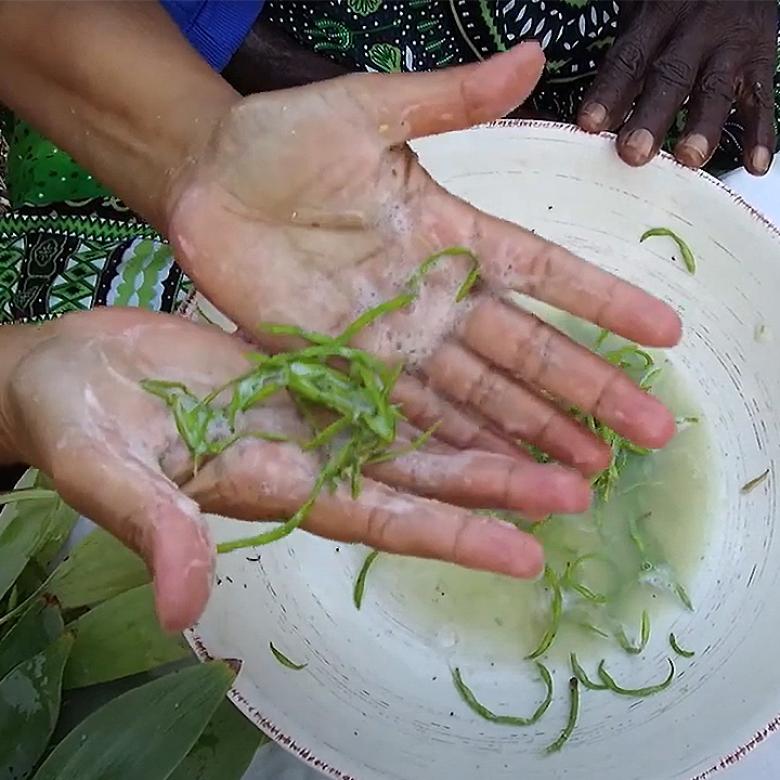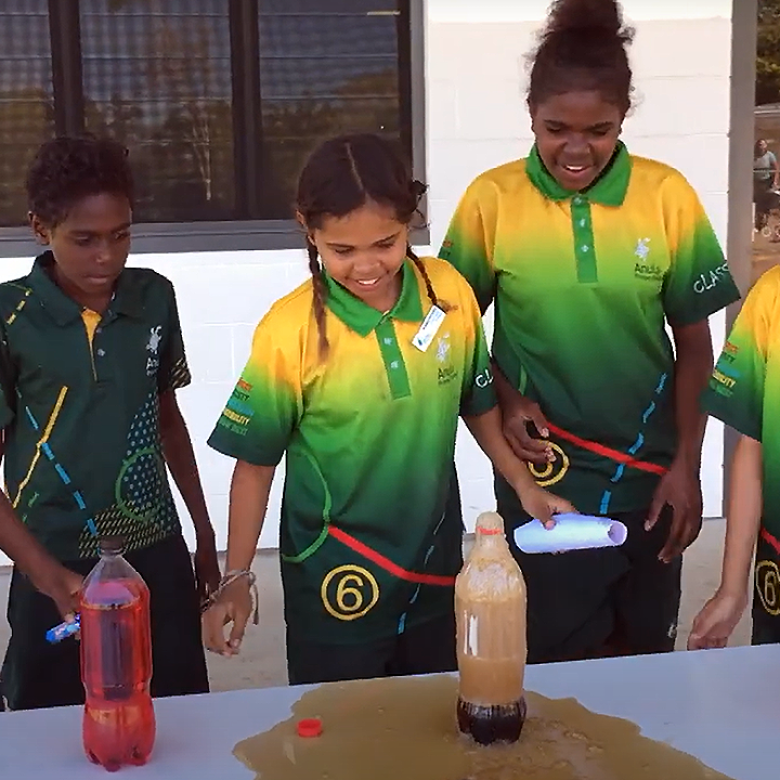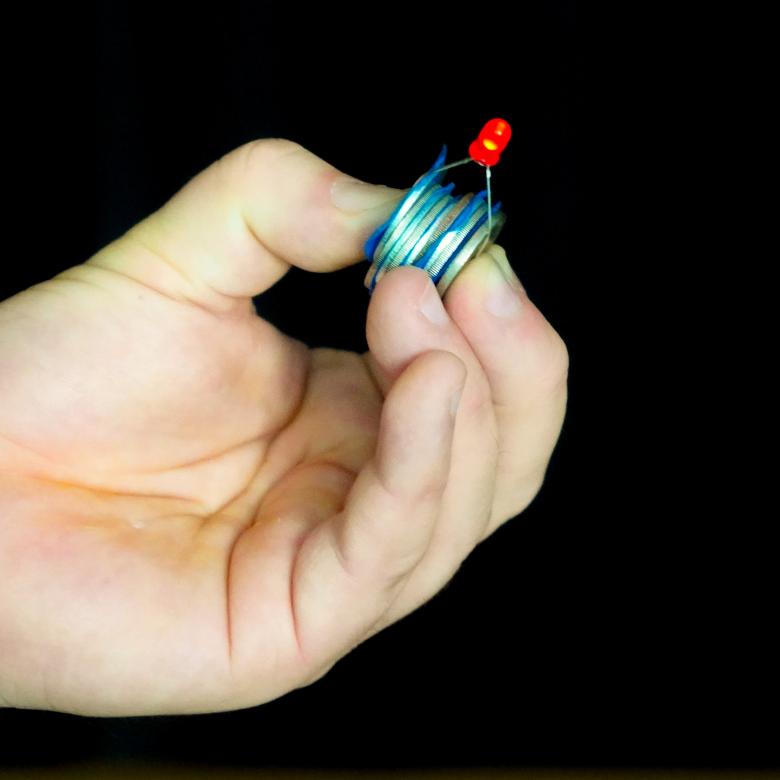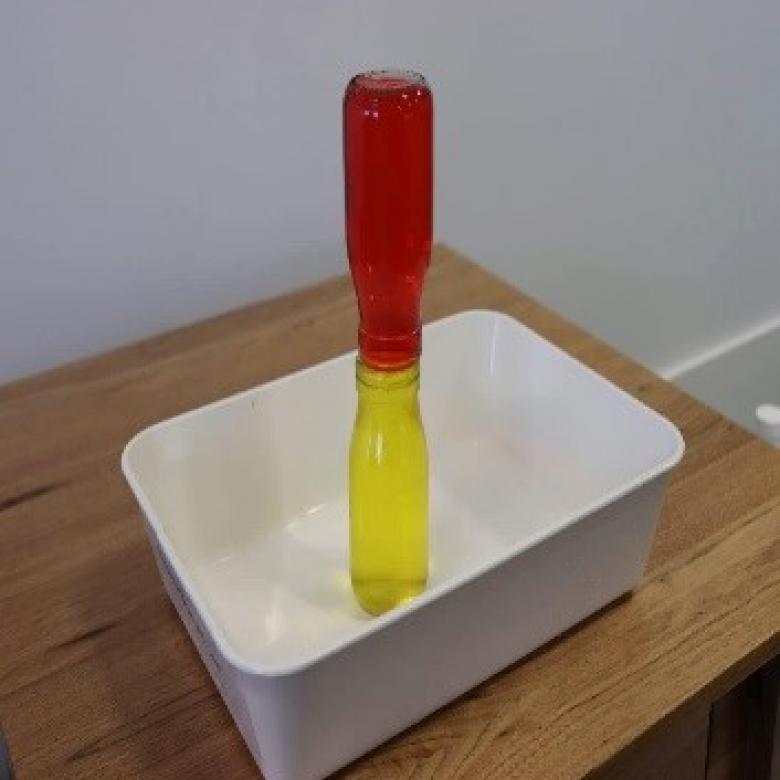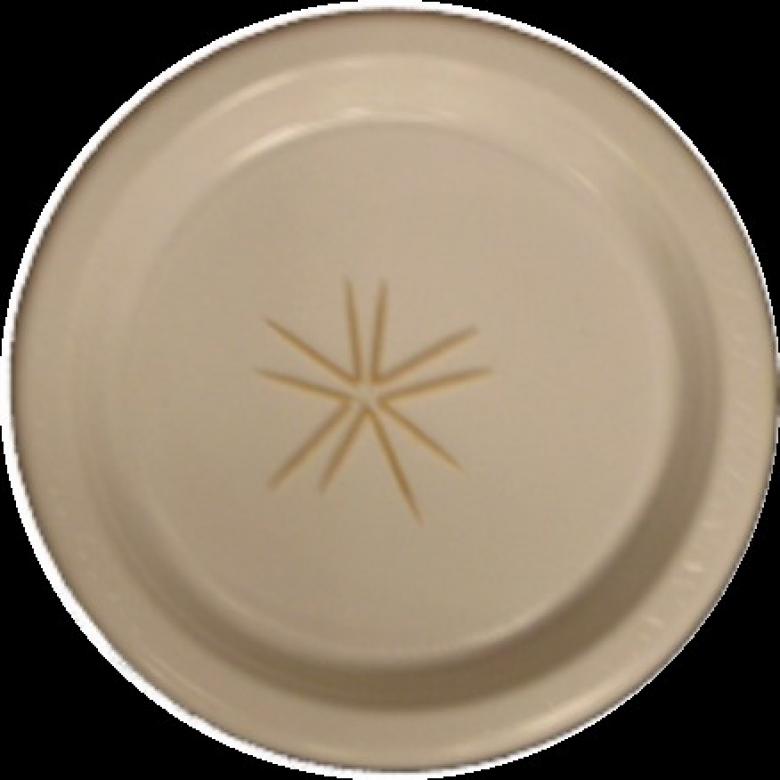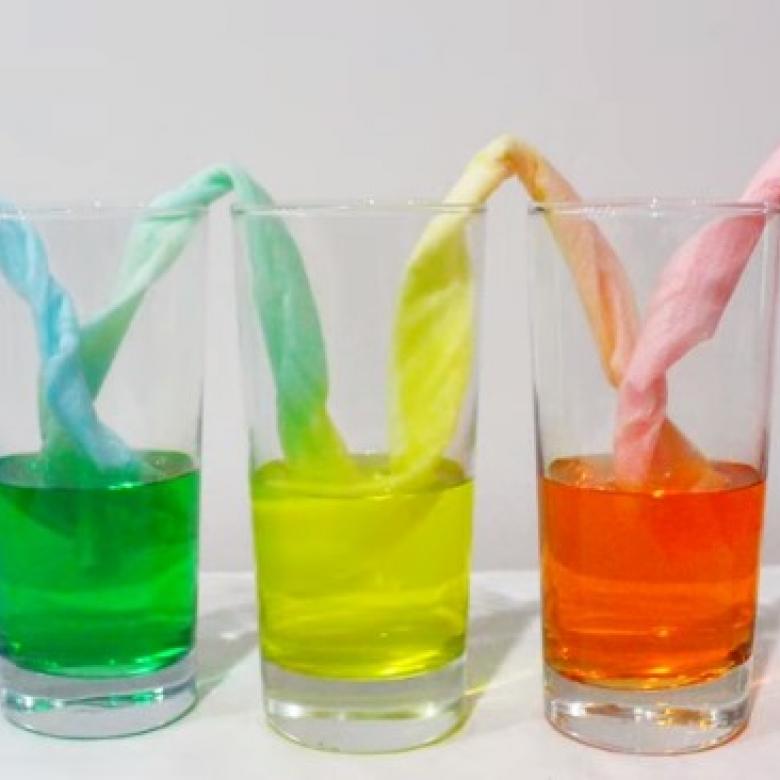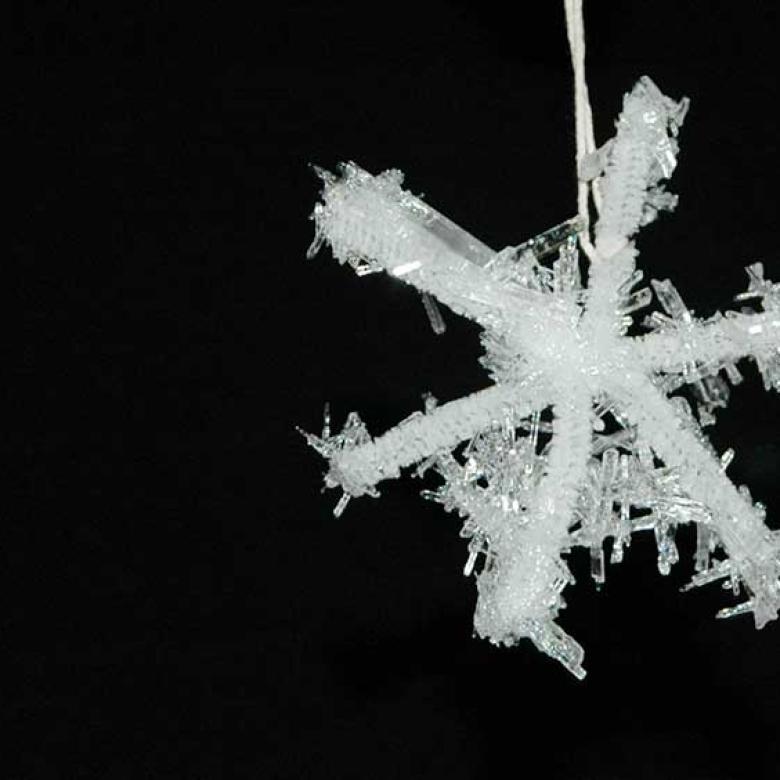You’ll need
- 2 clear containers (like clean takeaway food containers)
- Water
- Ground pepper
- Detergent
- A small cup
- A matchstick
- A paperclip
What to do
- Gather your materials on a flat surface.
- Make sure the containers are clean and completely free of detergents and soaps before starting. (If they aren’t clean, this activity won’t work!)
- Cover the bottom of both containers with at least 3 cm of water.
- Place one of the containers in front of you.
- Sprinkle some pepper on top of the water. Watch what happens to the pepper.
- Add a squirt of detergent to the small cup. Dip the matchstick in the detergent.
- Dip the end of the matchstick covered in detergent in the middle of the water. Watch what happens to the pepper.
- Move that container to the side and place the second container in front of you.
- Gently rest a paperclip on the surface of the water (make sure the paperclip is lying flat). Watch what happens to the surface of the water.
- Add a drop of detergent to the water. Watch what happens to the paperclip.
Questions to ask
What did the pepper do when you sprinkled it on the water? What happened to the pepper when you dipped the matchstick coated in detergent into the water?
What was the surface of the water doing when the paperclip was resting on it?
What happened to the paperclip when you added a drop of detergent to the water?
What's happening
Water is made up of tiny bits called molecules (a water molecule can be written by its chemical formula H2O). These molecules want to hold on to each other. Molecules at the surface of water don’t have any water molecules above them, so they hold on to the molecules beside them very tightly. This means the surface of the water acts a bit like a skin. This is known as surface tension. Water has a high surface tension – it is strong enough to hold up the pepper and paperclip.
When you add detergent to the surface of the water, the detergent molecules get in between the water molecules. This means the water molecules can’t hold on to each other, reducing the surface tension. As the water ‘skin’ breaks, the paperclip sinks.
When you touch the soapy matchstick to the surface, the water away from the detergent still has high surface tension, meaning the molecules are still pulling each other. This leads to the water being pulled away from where the detergent was placed. This is why the pepper is pulled away from the detergent.
You can think about this like a line of people holding hands and pulling tightly on each other. If 2 people in the middle of the line let go of each other’s hands, the rest of the line falls away from the point where the chain was broken.
David: How’s it going? I’m David from the Questacon Science Squad and today I’ve got a great demonstration that’s all about surface tension and is definitely not to be sneezed at.
(Camera pans to the table)
You need:
- a small plastic container
- some coarse black pepper
- a little container with some detergent and a toothpick, you can use a pencil or a skewer or something
Now, here’s what you do: take some water and fill up your plastic container, just so the bottom is covered, just like that.
(David pours some water in to the container)
Now it’s very important that the container is clean before you use it, there’s no detergent or anything on there, because if there is this demonstration won’t work. Next take your pepper and grind some on top, just like that. Try not to bump the container, you don’t want it moving around too much. Put it back down.
(David grinds the pepper into the water then puts the pepper to the side)
And then you take your detergent and your toothpick, get a little bit of detergent on the end of your toothpick there, and slightly touch the water. There.
(David uses toothpick to drop detergent into the water)
Now if you want to know why the pepper and the water moved around like that you can head on down to the Questacon website. I’ll see you next time.
Did you know
Some small insects, such as mosquitoes, water striders and spiders, use the high surface tension of water to walk on water. Water spiders (commonly found in gardens in eastern Australia) use the fine hairs on their legs to increase their surface area. This lets them walk on the surface of ponds or gentle streams without breaking the surface tension of the water. This amazing spider can even survive under water for up to an hour by using the surface tension of water to trap small bubbles of air on its body!


